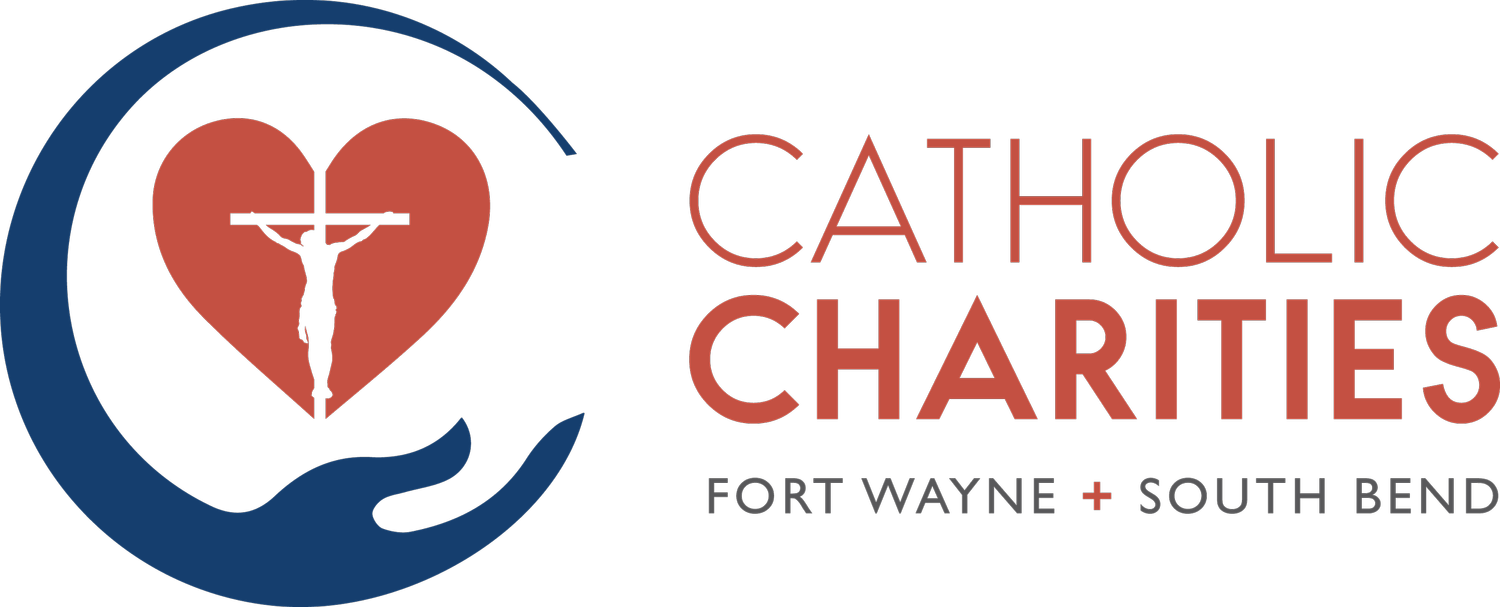The Hope of a New Home
The illustration above shows the difference between three different legal statuses.
A refugee is someone who is not currently in the U.S. They have a well-founded fear of persecution, registered with the UNHCR, and passed security checks before entering the U.S.
An asylee is someone that has fled their country due to a well-founded fear of persecution and unable to return, currently in the U.S., and has requested asylee status from the U.S. government.
A parolee is someone who can temporarily enter the United States due to an emergency and urgent humanitarian reason (i.e. granted to some Afghans and Ukrainians).
The Catholic Church has held a long-standing commitment to help refugees fleeing war, violence, and persecution, create a new life in our country as legal permanent residents under the country’s Refugee Resettlement Program. For over 45 years, and through many presidential administrations, our agency has participated in refugee resettlement, providing refugees with a structured and proven humanitarian pathway to come to the United States and become productive members of society. Like the services we provide to our U.S. born vulnerable neighbors, our work in refugee resettlement flows directly from the Gospels, which calls us to serve the poor and to welcome the stranger.
On March 22, 2023, William Canny, Executive Director of Migration and Refugee Services at the USCCB, delivered a written testimony to the Senate Committee on the Judiciary Subcommittee on Immigration, Citizenship, and Border Safety. Below is an excerpt from his powerful testimony on the impact of this program.
In 1943, at the height of World War II, the Catholic bishops of the United States established War Relief Services (WRS) as the international humanitarian arm of the National Catholic Welfare Council, a precursor of the USCCB. WRS was entrusted with overseeing the U.S. Church’s efforts to serve displaced persons abroad and to extend ‘help to war-afflicted people, especially children, on the basis of need alone, without reference to race, creed, or other factors.’ The National Catholic Resettlement Council (NCRC) was subsequently created in 1947 to coordinate the Church’s domestic reception and integration efforts. Just a year later, out of 119 Catholic dioceses in the United States at the time, 105 had a resettlement director appointed by the local bishop. This laid the foundation for the USCCB’s current resettlement network.
Those resettled through USRAP continue to be some of the most vulnerable and the most vetted refugees in the world. Once resettled, these refugees make meaningful contributions to their new communities, including through economic impact. On average, refugees work at the same or a higher rate when compared to those born in the United States. Male refugees overall have been shown to have a higher employment rate than their U.S.-born counterparts (67% versus 60%), and female refugees are just as likely as native-born women to be employed.

